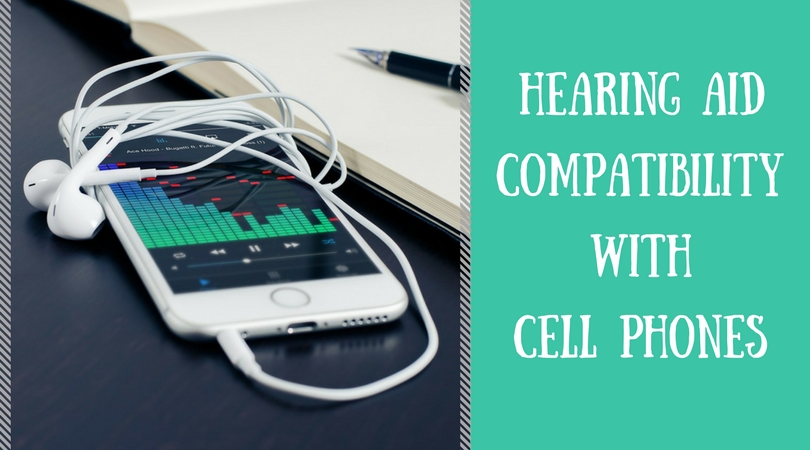Hearing Aid Compatibility with Cell Phones
As technology ever-increasingly advances, so does its emergence in the world of communications. Because of these technological improvements, we are now seeing a trend of countless people carrying around personalized cell phones. In the hearing world, this has paved the way for promoting improved communication with hearing aid use through cell phones.
(Related Article: Should You Purchase Hearing Aids Online)
So what exactly does it mean for hearing aids and cell phones to be compatible? How can you know if your hearing aids and cell phones are compatible? And how can it affect your ability to communicate using cell phones?
The Federal Communications Commission (FCC) has based their definition on “Hearing Aid Compatibility” (HAC) for cell phones off of two parameters. The first one is radio-frequency (RF) emissions. The second is telecoil coupling. A way for you to know whether or not your cell phone is compatible with your hearing aids is to check the cell phone package or box at the store. You can also search online for your specific cell phone of interest for specific ratings. The packages of HAC-compliant phones should be marked with “M” or “T” ratings. The M-rating refers to the microphone mode, and the T-rating refers to the telecoil mode. Only cell phones that meet the hearing aid compatibility regulations will be labeled in that manner.
If “you see a “M3”, “M4”, “T3” or “T4” on the box then the phone has been designated as HAC compliant. Cell phones that comply with the FCC’s hearing aid compatibility rule must receive a minimum rating of M3 for RF emissions and T3 for telecoil coupling”. This is according to the Better Hearing Institute website. The higher the “M” or “T” rating, the stronger the connection will be.
So what’s the difference between using a telecoil and radio-frequency emissions for cell phone use?
Telecoil Coupling
A telecoil is a small copper coil that is an option in most hearing aids. To use the telecoil feature, your hearing aids will typically have either the option of switching to the “T” position or a push button on the hearing aid to select a specific preset program designated for the telecoil mode. The telecoil generally improves cell phone use by picking up the magnetic fields generated by telephones. These fields are then converted into electromagnetic sounds which is processed through the hearing aids. In other words, this permits the volume control of a hearing aid to be turned up without creating a feedback or “whistling” sound. It also helps by reducing background noise, which is particularly helpful in noisy places. This is why hearing aid compatible cell phones are important and a huge benefit if you’re hearing impaired. They gives us more flexibility to manipulate and process incoming sound signals.
Radio-Frequency Emissions
Newer hearing aid technology coming out these days also utilize radio-frequency emissions for cell phone use. Since the advent of digital hearing aids in 2001, wireless bluetooth technology has become ever-more popular in the field of audiology. So much so, that most new digital hearing aids use a lower radio-frequency emissions signal to directly stream cell phones via wirelessly straight to the hearing aids in people’s ears. This is beneficial in the fact that it’s a direct stream of sound to the ears which reduces the travel distance of sound transmission. And in theory, this creates less interference. The closer the sound of interest is to the tympanic membranes (ear drums), the better the audibility tends to be.
On the contrary, it is important to be mindful of the fact that radio frequency emissions can change. It all depends on your location. Some of these newer hearing devices may also require an intermediary device to connect the hearing aids and cell phones together. However, some hearing aids now do not require an intermediary device. To date, only iPhones are compatible with hearing aids that don’t require additional intermediary devices.
References:
https://www.harriscomm.com/how-to-buy-a-cell-phone
https://chs.asu.edu/programs/schools/department-speech-and-hearing-science/what-telecoil
https://www.nchearingloss.org/telecoil.htm?fromncshhh


